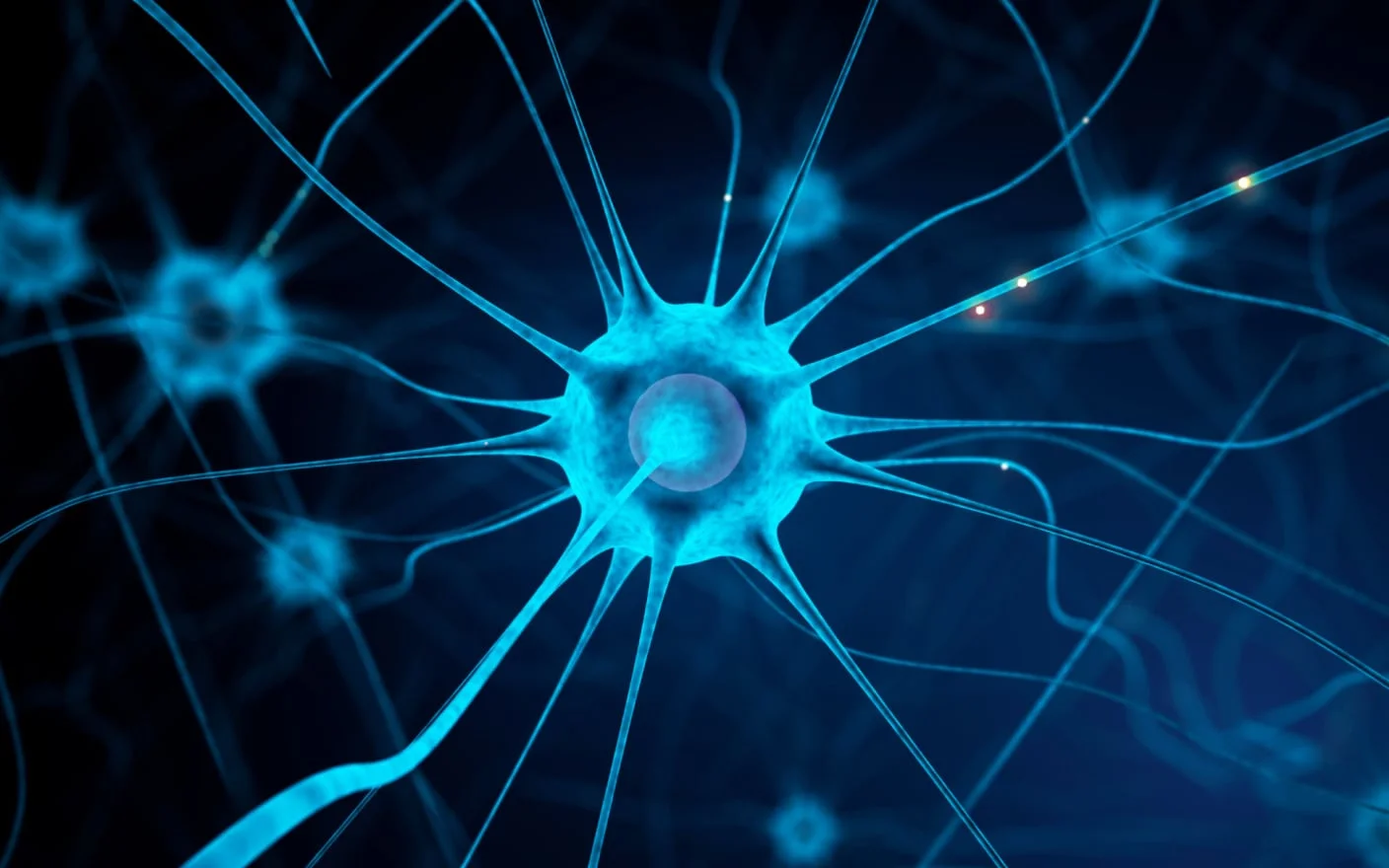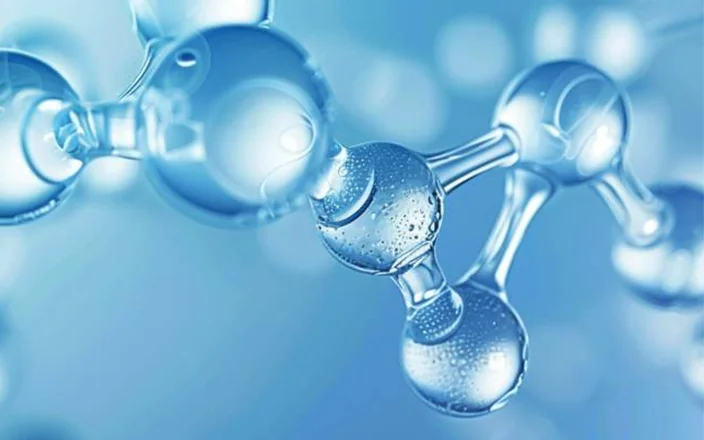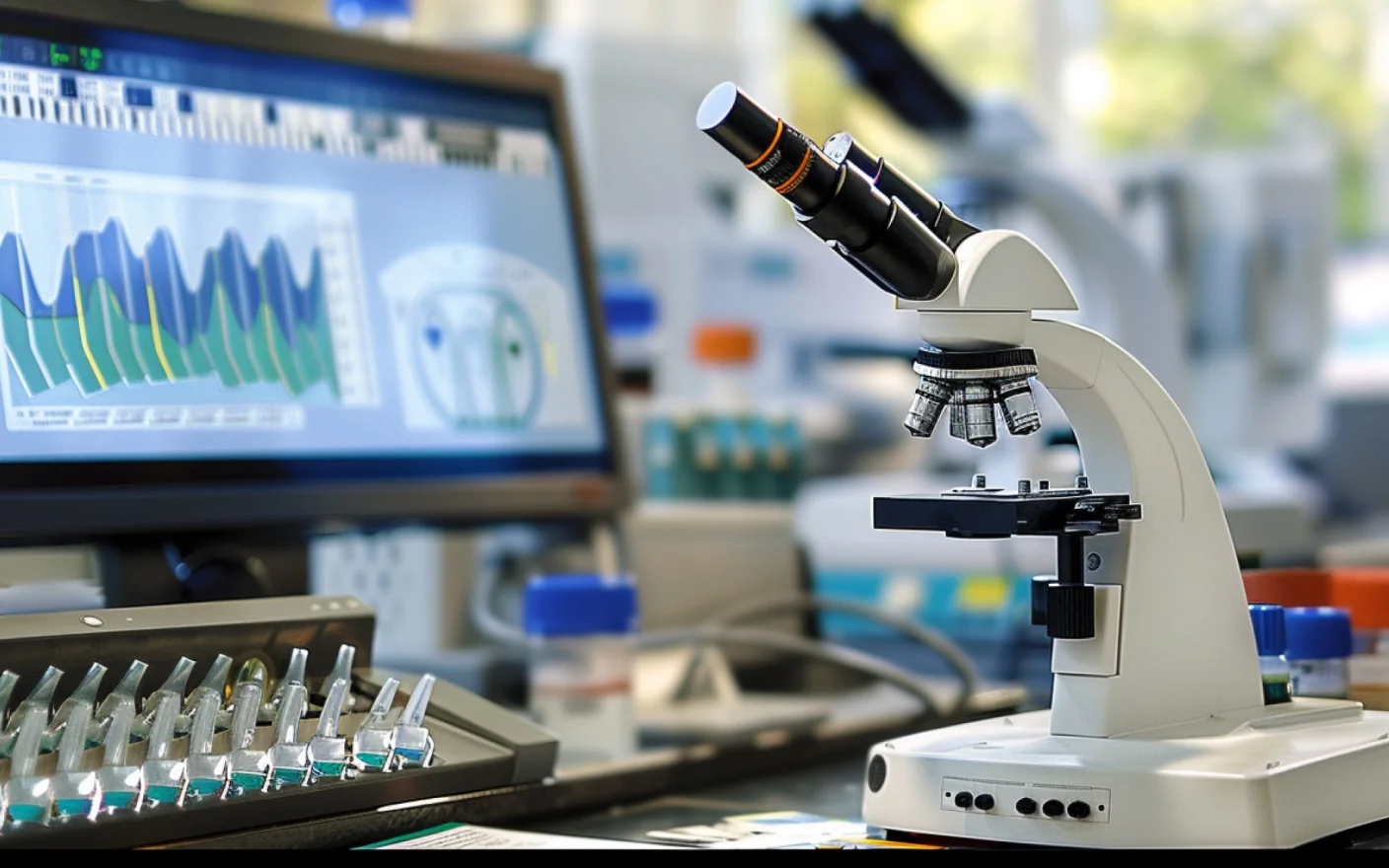In the 1970s, inductively coupled plasma atomic emission spectroscopy (ICP-AES) quickly became a key technique for elemental analysis due to its excellent performance. However, spectral interference like Ga, Mg, Al, and Fe from other elements made it challenging to select appropriate analytical spectral lines, limiting its development. This led to the emergence of a more advanced technique: inductively coupled plasma mass spectrometry (ICP-MS). ICP-MS combines the high-temperature ionization characteristic of inductively coupled plasma with the low detection limits of mass spectrometry, creating a powerful technique for simultaneous multi-element analysis with exceptional sensitivity. This article will explore the principles, features, and applications of ICP-MS in bioanalysis, including trace elements analysis, small molecule metal-based anticancer drugs, radionuclide drug conjugates, and biomolecules.
Principles and features of ICP-MS
The principle of ICP-MS involves argon gas generating a high-temperature plasma under the influence of an oscillating magnetic field. Samples are introduced into the plasma as an aerosol after nebulization, where they are ionized. The ions are then focused through an interface cone into a vacuum system, filtered by a quadrupole mass analyzer, and their signals are amplified and detected. The major components of the instrument are shown in Figure 1.
As the aerosol passes through different heating zones in the plasma central channel, the compounds undergo drying, evaporation, atomization, and ionization, ultimately forming positively charged ions by losing their most loosely bound electron (Figure 2). This means ICP-MS detects elements independently of their chemical structure.

Figure 1. Schematic diagram of the major components of an ICP-MS instrument [2]

Figure 2. Ionization process of element in ICP
ICP-MS is widely used in environmental, mineral, metallurgical, and pharmaceutical fields due to its notable features:
-
Broad elemental coverage: Most elements in the periodic table can be detected, except for C, H, O, N, and a few others like noble gases and elements without natural isotopes.
-
High sensitivity and low detection limits: Detection limits can reach parts per billion (ppb, ng/mL) or even parts per trillion (ppt, pg/mL).
-
Wide linear dynamic range: at least nine orders of magnitude.
-
Multi-platform compatibility: ICP-MS can be coupled with techniques like HPLC and laser ablation due to its atmospheric pressure interface.
Application of ICP-MS in bioanalysis
Given its numerous advantages, ICP-MS has become increasingly important in the bioanalysis of various drugs.
2.1 Trace elements
Trace elements are essential components of cellular structures and serve as biomarkers for many chronic diseases. Significant differences in trace element levels have been observed in conditions like breast cancer, acute leukemia, diabetes, and Parkinson's disease. Accurate assessments of trace element levels can be analyzed through tissue and fluid samples. For example, Azmawati Mohammed Nawi et al. (2020) developed and validated a method using ICP-MS to analyze 25 trace metals, including Fe, Zn, and Pb in serum samples after digestion with nitric and hydrochloric acids[3]. However, pharmacokinetic studies of endogenous trace elements can be challenging due to fluctuating background levels. Yongjie Zhang et al. addressed this by combining ICP-MS with 58Fe stable labeling to study hemin chloride pharmacokinetics in animals, reducing interference from biological matrices [4].
2.2 Small-molecule metal-based drugs
Metal/metalloid compounds are used in medicine, particularly in anticancer therapies. ICP-MS is well-suited for analyzing these small-molecule drugs, such as platinum-based ones like cisplatin, carboplatin, and oxaliplatin (Figure 3). While LC-MS/MS struggles with low ionization efficiency and weak retention, ICP-MS can achieve lower limits of quantification (LLOQ) by monitoring the Pt (195) element and without considering the chromatographic retention of the parent drug. Martin Vojteka et al. developed a validated ICP-MS method for quantifying Pt-based drugs in 11 biological matrices, including adipose tissue, muscle, liver, kidneys, spleen, testes, heart, lungs, brain, blood, and serum [6].

Figure 3. Structures of Pt-based drugs
2.3 Radionuclide drug conjugates
In recent years, radionuclide drug conjugates (RDCs) have emerged as precision-targeted cancer therapies with FDA approvals for drugs like Pluvicto (177Lu-PSMA-617) and 177Lu-Dotatate. RDCs combine targeting molecules (e.g., antibodies, peptides, or small molecular) with radionuclides like Lu, Cu, Ga, Ac, and I. Non-radioactive stable isotopes can be used in preclinical studies to save costs and improve efficiency if the radionuclide is one with clinical experience. ICP-MS enables rapid quantification of non-radioactive elements in standard bioanalytical labs.
2.4 Biomolecules
ICP-MS excels in detecting trace and ultra-trace elements. When the elemental composition of a biomolecule is known, direct quantification is possible. Alternatively, indirect methods involve labeling biomolecules with specific elements, such as lanthanides, for detection. This approach is particularly useful for quantifying low-concentration proteins or peptides [7,8].
Case studies and considerations for ICP-MS in bioanalysis
Bioanalysis with ICP-MS presents challenges due to small sample volumes and complex matrices. However, ICP-MS effectively eliminates interference, enabling accurate quantification of target elements in fluids (like plasma) and tissues.
For example, carboplatin was administered to male SD rats at 10 mg/kg via intraperitoneal injection. Plasma samples were collected at specified time points and analyzed using ICP-MS (acid dilution method) and LC-MS/MS (protein precipitation method). Both methods yielded consistent results, with ICP-MS achieving a lower LLOQ of 1 ng/mL compared to 10 ng/mL for LC-MS/MS (Figure 4).

Figure 4. Comparison of carboplatin concentrations using LC-MS/MS and ICP-MS
When analyzing biological samples, it's crucial to ensure that the sample is homogeneous before entering the plasma. Solid components may adhere to the ICP-MS sample injection system, affecting result accuracy. Biological samples typically require digestion with acid or alkaline [9]. For biofluids like cerebrospinal fluid, urine, and plasma, direct dilution methods can also be employed.
In conclusion, ICP-MS offers high sensitivity, high throughput, reliable methods, and compatibility, making it well-suited for biological analysis. Its complementary features to LC-MS/MS, such as independence from drug chemical structure, provide researchers with flexible analytical options. Table 1 summarizes the key differences between ICP-MS and LC-MS/MS.
|
|
LC-MS/MS |
ICP-MS |
|
Pre-treatment |
Protein precipitation, LLE, SPE |
Direct dilution, and digestion (nitric acid, sulfuric acid, hydrogen peroxide, etc.) |
|
Analyte |
Parent drug |
Element (parent and metabolite) |
|
Sample volume |
Microliter scale |
Milliliter scale |
|
Sensitivity |
Compound-selective |
Element-selective |
|
Internal standard |
Structural analogs or labeled compounds |
Elements with similar ionization energy |
Table 1. Key differences between ICP-MS and LC-MS/MS
Concluding remarks
As ICP-MS technology advances, its role in elemental analysis continues to grow. WuXi AppTec DMPK has established robust bioanalytical capabilities for elemental analysis (Pt, Ge, Bi, Be, Li, Pb, Lu, Mn, Mg, and Au), supporting drug development with a comprehensive workflow from sample collection to ICP-MS analysis. We offer a comprehensive solution for sample collection, preprocessing, and bioanalysis, leveraging the advantages of both ICP-MS and LC-MS/MS platforms to support drug development processes.
Authors: Li Gao, Yanfu Ren, Lili Xing
Talk to a WuXi AppTec expert today to get the support you need to achieve your drug development goals.
Committed to accelerating drug discovery and development, we offer a full range of discovery screening, preclinical development, clinical drug metabolism, and pharmacokinetic (DMPK) platforms and services. With research facilities in the United States (New Jersey) and China (Shanghai, Suzhou, Nanjing, and Nantong), 1,000+ scientists, and over fifteen years of experience in Investigational New Drug (IND) application, our DMPK team at WuXi AppTec are serving 1,600+ global clients, and have successfully supported 1,500+ IND applications.
Reference
[1] Wang Xiaoru, Application examples of inductively coupled plasma mass spectrometry[M], Chemical Industry Press, 2005;
[2] Kathryn L. Linge and Kym E. Jarvis. Quadrupole ICP-MS: Introduction to Instrumentation, Measurement Techniques and Analytical Capabilities, geostandards and geoanalytical, research, vol33, 445-467;
[3] Azmawati Mohammed Nawi, Siok-Fong Chin, Rahman Jamal. Simultaneous analysis of 25 trace elements in the micro volume of human serum by inductively coupled plasma mass spectrometry (ICP-MS), Practical Laboratory Medicine 18 (2020);
[4] Yongjie Zhang, Jie Xu, Jie Zhao. et.al, Preclinical pharmacokinetics, biodistribution, excretion, and plasma protein binding study of 58Fe-labeled hemin by ICP-MS, Journal of Trace Elements in Medicine and Biology, 75 (2023);
[5] Katarzyna Pawlak, Wioletta Jakubczak. How useful is ICP-MS for determining PK properties of metal-based drugs? Bioanalysis (2014) 6(3);
[6] Martin Vojteka, Edgar Pintob, Salomé Gonçalves-Monteiroa. et.al, Fast and reliable ICP-MS quantification of palladium and platinum-based drugs in animal pharmacokinetic and biodistribution studies, Analytical Methods, 2020,12,4806-4812;
[7] Lingna Zheng et al., ICP-MS-based Protein Quantification Method, Progress in Chemistry, Vol. 22 No. 11, 1999-2206;
[8] Sandra Mounicou, Joanna Szpunar and Ryszard Lobinski, Inductively-coupled plasma mass spectrometry in proteomics, metabolomics and metallomics studies, Eur. J. Mass Spectrom. 16, 243–253 (2010);
[9] Matthew N. Hansen and Jeffrey D. Clogston. Elemental Analysis in Biological Matrices Using ICP-MS[J], Characterization of Nanoparticles Intended for Drug Delivery, Methods in Molecular Biology, Vol. 1682, 2018.
Stay Connected
Keep up with the latest news and insights.











